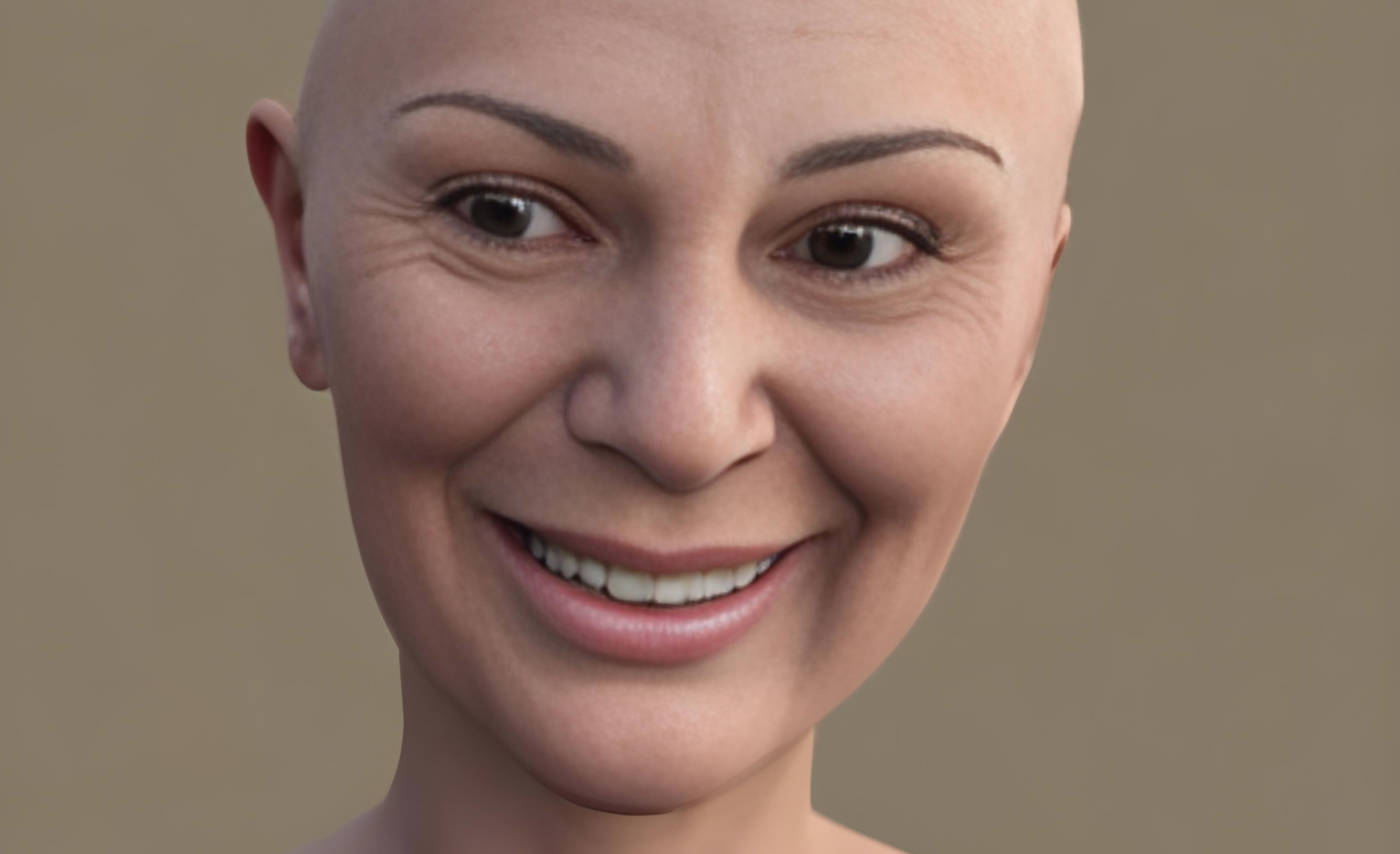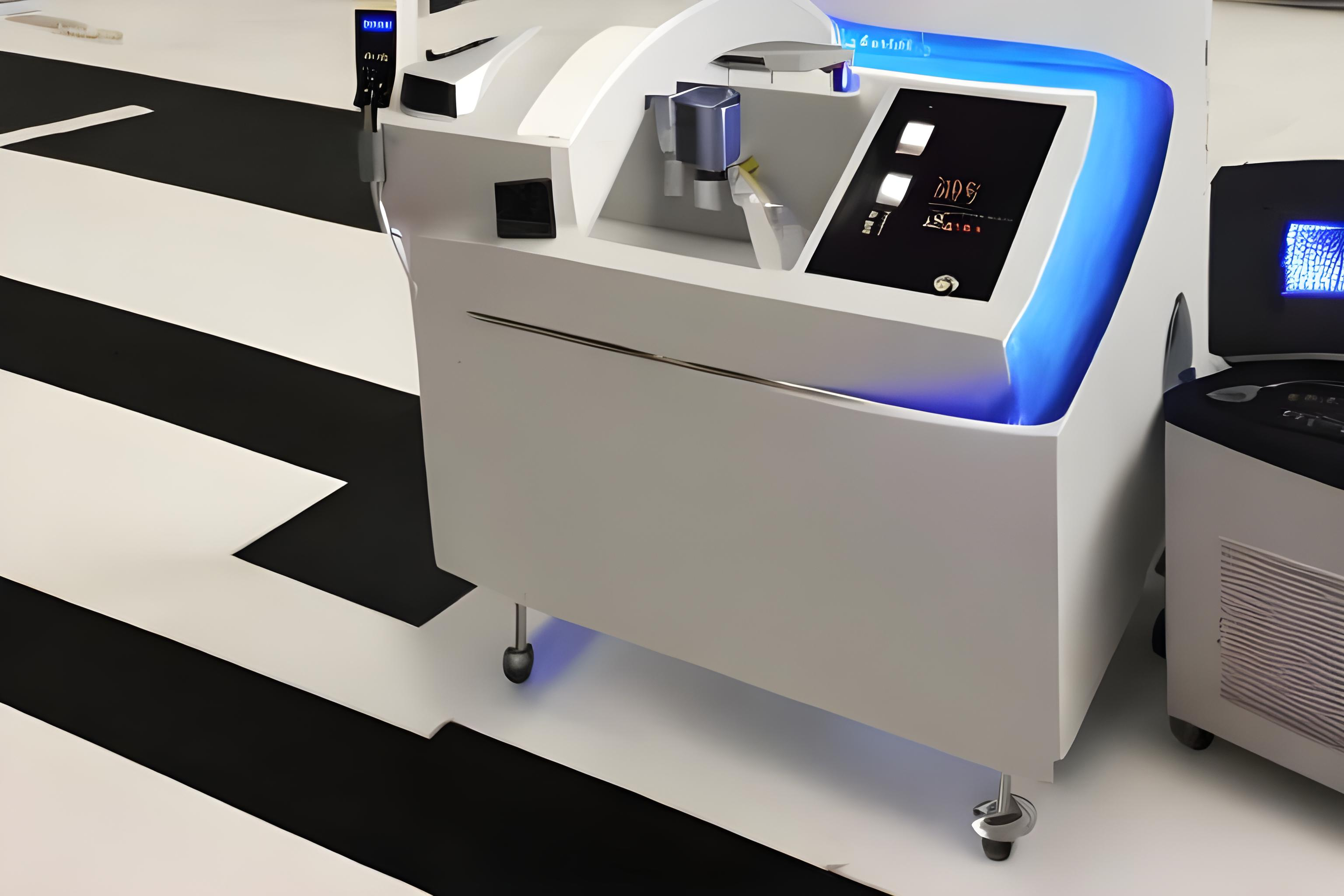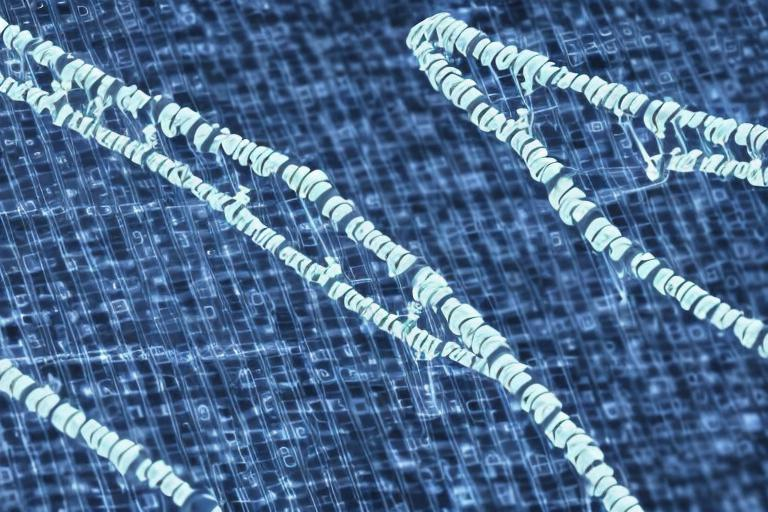What to do to understand whether it is cancer or not?
Screening tests and blood tests for tumor markers are the basis for primary monitoring. What are the analyses under what monitoring?
Mammography and ultrasound if breast cancer is suspected, blood test for total PSA if prostate cancer is suspected, occult blood test in stool if colorectal cancer is suspected, Pap smear if cervical cancer is suspected.
What are the clinical signs of oncology?
Clinical signs of cancer
- A tumor is a lump that can cause pain due to inflammation (the body’s response to a tumor).
- The tumor is a palpable mass and the lymph nodes can also be palpated (in ENT cancer, lymph nodes in the neck (or cervical region) can be palpated.
- The swelling may cause bleeding (urine, sputum, stool).
- A tumor is a mass that can block the natural duct and cause indirect signs such as jaundice, intestinal obstruction (stopping bowel movements and gas, vomiting), dysphagia for solid food (difficulty swallowing, feeling like food is blocked), blockage of the urinary tract (dysuria , obstructive renal failure).
Indirect signs of cancer
- Drastic and rapid weight loss
- Fatigue
- Change in general condition
- Difficulty breathing or shortness of breath / (a sign of pulmonary embolism) or inflammation (redness, burning, soreness) (a sign of thrombophlebitis of the lower limb).
How to undergo oncology diagnostics?
It is necessary to conduct a diagnostic examination, general condition, as well as a detailed examination.
Clinical examination, assessment of general condition, cardiopulmonary auscultation, weight assessment (if there was a sharp and strong weight loss), complete palpation and areas of the lymph nodes.

Advanced tumor diagnostics
- It is necessary to understand the characteristics of the tumor, such as the degree of its penetration into neighboring organs and contact with the vessels and nerves.
- Extended assessment: search for lymphadenopathy or pathological lymph nodes associated with a tumor in the drainage areas and search for distant metastases: hepatic, pulmonary, cerebral or bone. Search for other related cancers.
- This score allows you to assess the stage of cancer from I to IV.
MANDATORY EXAMINATIONS:

Screening tests
- Brain MRI to search for metastases in the brain, MRI of the pelvis in gynecological tumors, prostate or rectum.
- CT of the chest and abdominal cavity with the introduction of an iodine contrast agent,
- PET scanner with 18 FDG or 18 F choline or PSMA (for prostate)

Endoscopy
- ENT, esogastric fibroscopy, lung fibroscopy
- Total colonoscopy (looking for other colorectal cancers or associated polyps), cystoscopy.

Diagnostics and detailed analyzes
- Tumor biopsy with antipathological analysis to confirm the presence of tumor cells, aggressiveness, the rate of their replication, and their differentiation.
- Molecular analysis (mutation and expression of EGFR markers, RAS mutation) to assess the response to targeted therapy or immunotherapy (PDL-1)

Cardioanalysis with transthorcal echography
- Geriatric cancer examination for the elderly people
- Biological examination, blood test, platelet count, kidney examination, liver examination, assessment of specific cancer markers ACE, CA 19-9, CA 15-3, SCC, total PSA analysis
ONLY AFTER ALL THESE ANALYSIS have been carried out, it is possible to discuss the selection of treatment at a multidisciplinary consultation meeting with various specialists: a radiologist, surgeons, organ specialists, nuclear physician, oncologist, anatomical pathologist, radiotherapist.
At the end of the meeting, the patient is offered the best treatment option and an individualized care plan: often several stages or a combination of treatment is possible, such as surgery followed by chemotherapy and radiotherapy.

Therapeutic instruments for the oncology treatment
- Robot-assisted qualitative surgery
- Stereotactic operations and radiosurgery
- Hormone therapy
- Chemotherapy
- Immune therapy
- Targeted therapy
- Treatments can be combined for better results
Stages of oncology treatment

Supportive therapy is determined even before starting the treatment, this will help to better transfer treatment and optimize the treatment result. Pain is removed, weight is stabilized, psycho-emotional problems are improved. There is a whole arsenal of tools for this, such as hypnosis, onco-psychologists, onco-nutritionists, lasers, cocktails, etc.

From the very beginning, it is necessary to determine the operability of the tumor by assessing all the risks. Ganglionic courage is also performed if tumor removal is possible. If not, then radiosurgery or chemotherapy is proposed in conjunction with radiotherapy, hormonal drugs, immune drugs, etc.

To reduce the risk of local-regional recurrence, radiotherapy of the zone in which the tumor was located is performed.

By stripping with chemotherapy or other drugs (targeted, immune, hormonal), we remove the risks associated with a distant possible relapse. If the disease has already metastasized, then treatment with targeted or immune drugs can last for years.

A patient who has gone through oncology treatment is obliged to change his lifestyle and undergo regular diagnostics. All this will help avoiding relapse or notice a relapse at an early stage.
During the first years, it will be necessary to conduct regular analyzes for specific tumor markers, biological and radiological tests. At the beginning, tests are done every three months, then 2 times a year.





